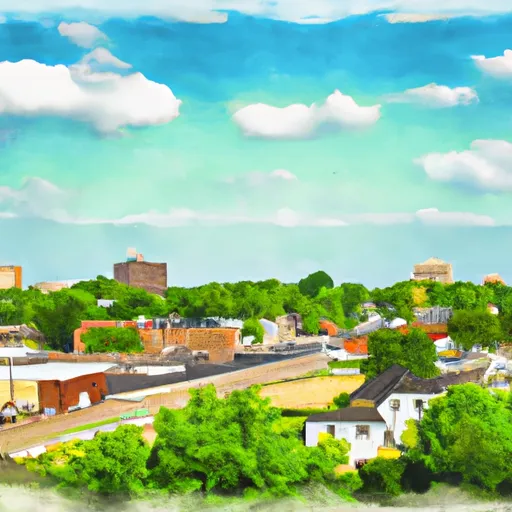°F
°F
mph
Windspeed
%
Humidity











West-Worthington, Ohio is a charming suburb located in Franklin County. The climate in this region is classified as humid continental, characterized by hot summers and cold winters. Summers are typically warm with temperatures averaging around 80°F, while winters are cold, with temperatures dropping to an average of 30°F. Precipitation is evenly distributed throughout the year, with an average annual rainfall of around 40 inches.
The hydrology constituents in West-Worthington are mainly influenced by the Scioto River, which flows along the southern edge of the suburb. This river provides opportunities for various water-based activities, such as boating, fishing, and kayaking. In addition, there are several smaller creeks and ponds scattered throughout the area, adding to the hydrological landscape.
Outdoor recreation enthusiasts will find plenty of opportunities in West-Worthington. The suburb is home to numerous parks and green spaces, offering amenities such as walking trails, picnic areas, and sports fields. Some notable parks include Antrim Park, which features a large lake for fishing and boating, and Olentangy River Parklands, providing scenic trails along the river. These recreational spaces offer a tranquil escape for residents and visitors alike, allowing them to enjoy the natural beauty and abundant outdoor activities that West-Worthington has to offer.
Weather Forecast
West-Worthington receives approximately 1012mm of rain per year, with humidity levels near 80% and air temperatures averaging around 11°C. West-Worthington has a plant hardyness factor of 6, meaning plants and agriculture in this region thrive during a short period during spring and early summer. Most plants will die off during the colder winter months.



